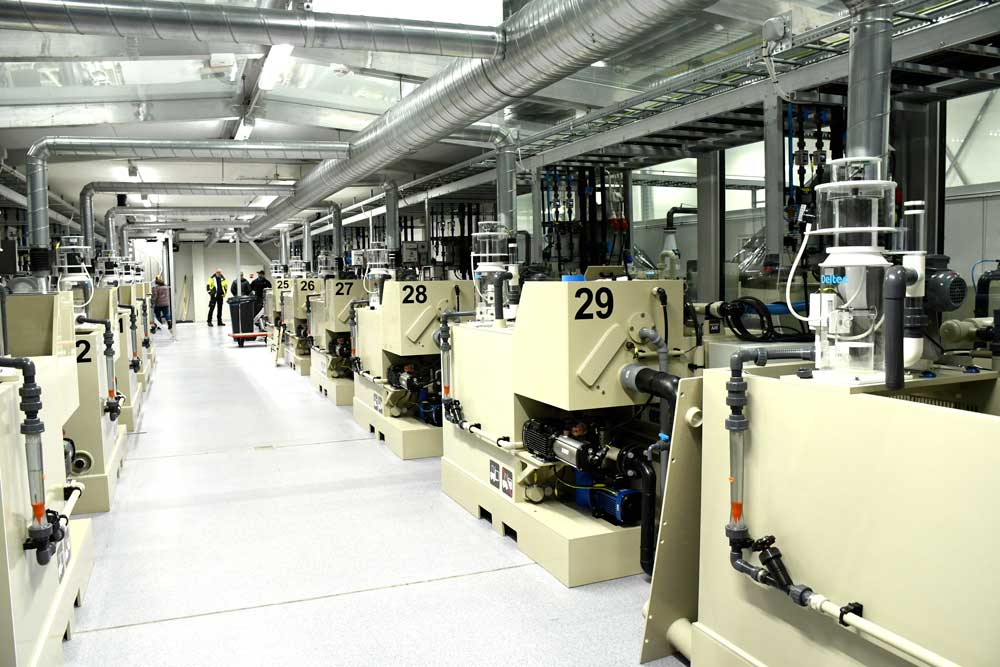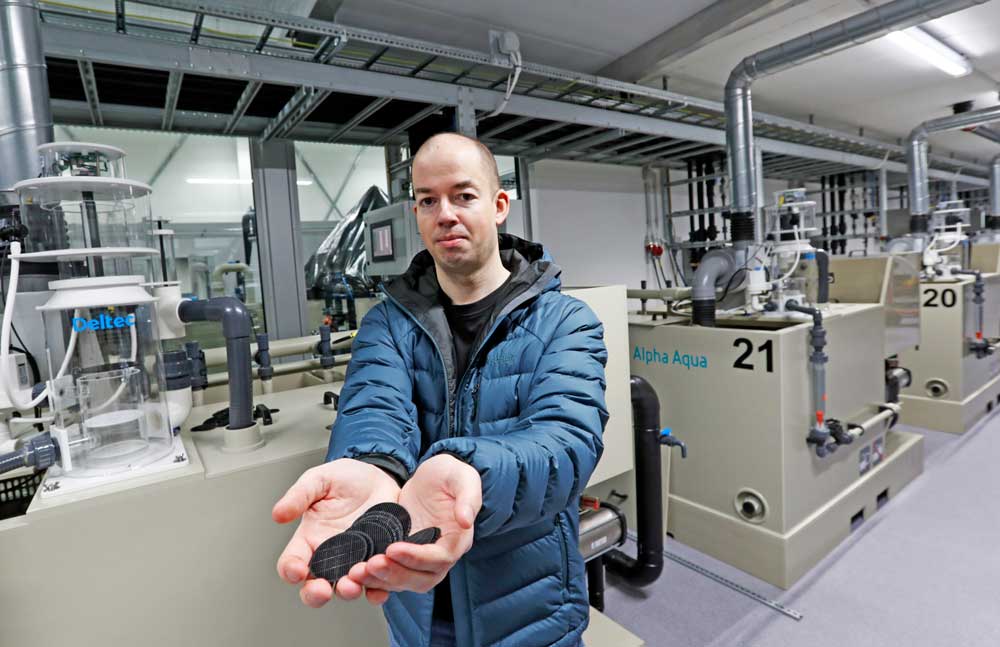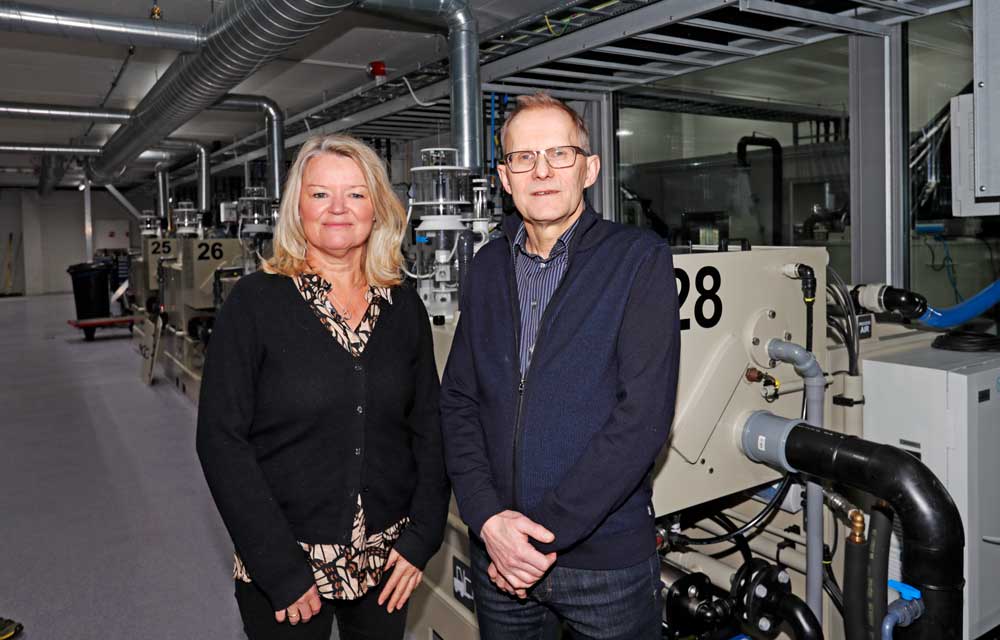Investing 90 million in the aquaculture industry of the future

On Wednesday, the Aquaculture Research Station in Tromsø opened one of the world’s most advanced research facilities for onshore fish farming. Teaching, education and research will have facilities that up until now have only been a dream.

In a newly constructed hall 1,350 square metres in size, an educational and research facility has been established that creates training opportunities for young people, which can contribute to jobs in rural areas and provide the aquaculture industry the greater knowledge on onshore fish farming it needs.
The facility is called RASforsk and represents an investment of almost NOK 90 million. Troms and Finnmark county municipality have contributed 13.5 of the millions.
Advanced research facility
It was State Secretary Kristina S. Hansen (Ap) from the Ministry of Trade, Industry and Fisheries and County Councillor for Industry Karin Eriksen (Sp) who cut the ribbon for opening the facility in Kårvika on Ringvassøya.
A soon as the facility is up and running, the aquaculture industry in the north will have an education and research facility where they can learn about Recirculating aquaculture systems (RAS). It is one of the world’s most advanced research facilities for onshore fish farming.
Recirculation

RAS – what is it? The three letters are an acronym for recirculating aquaculture systems.
In brief, this is an advanced system that treats the water from the fish tanks and reuses it. RASforsk at the Aquaculture Station can take in both fresh water and sea water as needed. To avoid high energy consumption, almost 100 per cent of the water is recycled.
“The aquaculture industry is undergoing rapid technological developments, and in order for education and research to keep up, it is essential that modern research facilities are developed in line with national requirements. There is a great need for training and transfer of knowledge to the industry, also in the north,” says Rita Sæther, general manager of the Aquaculture Research Station in Tromsø.
“The industry is aware of how important knowledge is for the well-being of the fish, particularly now as developments indicate that fish should be kept on land longer before being released into the sea, or in some cases be farmed on land right up to slaughter,” she states.
Fish welfare is important
There are numerous and complex considerations that must be taken into account for fish farming on land to work. Not least, fish welfare.
“Fish welfare is very important, and technology must thus be adapted to the fish’s requirement for good water quality. This means that temperature, salinity, oxygen, carbon dioxide, ammonia, pH and biofilter activity must be closely monitored. This can be demanding, and education and research are important for the aquaculture industry to develop its use of RAS technology,” says Bente Torstensen, Division Director at Nofima.
The Aquaculture Research Station in Tromsø is jointly owned by Nofima and UiT The Arctic University of Norway with 50 percent each. Joint ownership of costly infrastructure allows for better utilisation of resources, and not least opportunities for more collaborative projects.
“Training candidates in an active research community is an unconditional benefit both for knowledge and industry development,” says Katrine Tveiterås, pro-rector at UiT – The Arctic University of Norway.
“The industry needs more minds who know RAS, and there we have a particularly important task to train candidates who can contribute to healthy fish, better fish health and sustainable production. We are pleased that RASforsk gets better facilities for this. Because developments are so rapid, it makes sense to coordinate research, education and industry partnerships, which joint ownership of the Aquaculture Research Station enables,” Tveiterås says.

Flexible
Now RASforsk is ready for use, and this includes flexible experimental opportunities. 18 one cubic metre tanks and six nine cubic metre tanks, all with separate recirculation systems. Because this is a new build, the facility is very flexible, and the recirculation systems and tanks can be interconnected as needed.
“Modern infrastructure for education and research is important for an industry undergoing both biological and technological development,” says State Secretary Kristina S. Hansen of the Ministry of Trade, Industry and Fisheries.
The Aquaculture Research Station in Tromsø is jointly owned by Nofima and UiT The Arctic University of Norway with 50 percent each.
Originally published on 16 January.
Announcements are published as a service to readers. The sender is responsible for all content.
Announcements for publication can be submitted to [email protected].